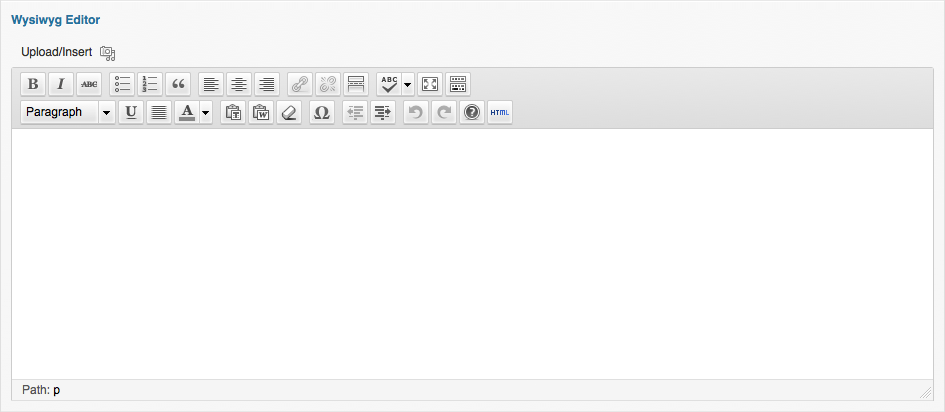Unfortunately, many corporate software programsaim to level or standardise the differences betweenindividual workers. In supporting knowledgeworkers, we should be careful to provide tools whichenable diversification of individuals’ outputs.Word-processors satisfi this criterion; tools whichembed a model of a knowledge worker’s task in thesoftware do not.
Tools which allow for flexibility and creativity are better for knowledge workers than those which attempt to crystalize their tasks into ruts. This may tend to force the outputs in a programmatic way and thereby dramatically decrease the potential for innovative outputs. If the tools force the automation of thought without a concurrent increase in creativity then one may as well rely on manual labor for their thinking.
This may be one of the major flaws of tools for thought in the educational technology space. They often attempt to facilitate the delivery of education in an automated way which dramatically decreases the creativity of the students and the value of the overall outputs. While attempting to automate education may suit the needs of institutions which are delivering the education, particularly with respect to the overall cost of delivery, the automation itself is dramatically at odds with the desire to expand upon ideas and continue innovation for all participants involved. Students also require diverse modes of input (seen/heard) as well as internal processing followed by subsequent outputs (written/drawn/sculpted/painted, spoken/sung, movement/dance). Many teachers don't excel at providing all of these neurodiverse modes and most educational technology tools are even less flexible, thus requiring an even larger panoply of them (often not interoperable because of corporate siloing for competitive reasons) to provide reasonable replacements. Given their ultimate costs, providing a variety of these tools may only serve to increase the overall costs of delivering education or risk diminishing the overall quality. Educators and institutions not watching out for these traps will tend to serve only a small portion of their intended audiences, and even those may be served poorly as they only receive a limited variety of modalities of inputs and outputs. As an example Western cultures' overreliance on primary literacy modes is their Achilles' heel.
Tools for thought should actively attempt to increase the potential solution spaces available to their users, while later still allowing for focusing of attention. How can we better allow for the divergence of ideas and later convergence? Better, how might we allow for regular and repeated cycles of divergence and convergence? Advanced zettelkasten note taking techniques (which also allow for drawing, visual, auditory and other modalities beyond just basic literacy) seem to allow for this sort of practice over long periods of time, particularly when coupled with outputs which are then published for public consumption and divergence/convergence cycles by others.
This may also point out some of the stagnation allowed by social media whose primary modes is neither convergence nor divergence. While they allow for the transmission/communication portion, they primarily don't actively encourage their users to closely evaluate the transmitted ideas, internalize them, or ultimately expand upon them. Their primary mode is for maximizing on time of attention (including base emotions including excitement and fear) and the lowest levels of interaction and engagement (likes, retweets, short gut reaction commentary).

